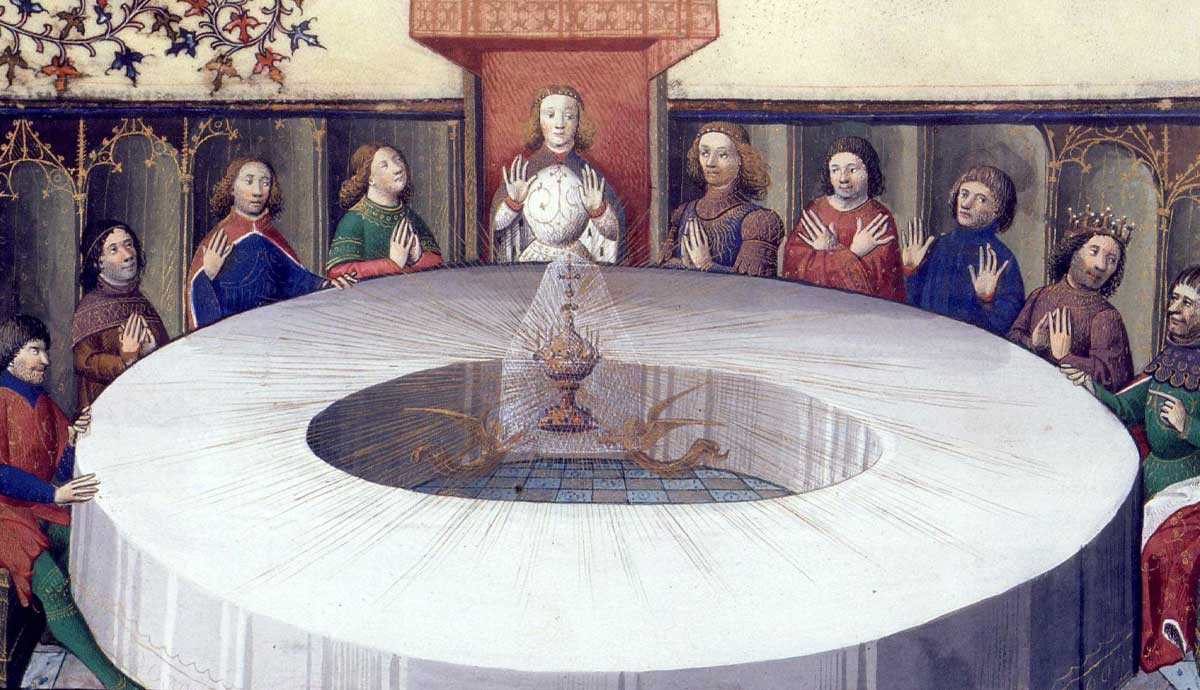
In mid-1944, the Western Allied advance stalled due to acute supply problems. Thus, they created the Red Ball Express, a truck convoy system utilizing thousands of stalwart drivers. And 75% of these drivers were African American.
How Did the Supply Problem Happen?

The Allied supply issues resulted from a bittersweet mixture of success and failure. The success came from the massive pre-D-Day Allied bombing effort. This campaigned crippled the French rail system, roads and bridges, or any infrastructure worth hitting. The failure occurred as the Germans thoroughly destroyed any French port installations and designated ports as “Festungs” (fortresses. These held out until Germany’s 1945 surrender, denying any value to the Allies.
So, with all this disarray, ammunition, fuel, supplies, and reinforcements came in via the Normandy beaches and later Cherbourg. The August 12, 1944 Allied victory at the Falaise Pocket outstripped their ability to resupply the fast-moving armies, especially in gas. And on August 16, the Red Ball Express was born.
Where Did African American Drivers Join the Red Ball Express?

With this crisis now facing the Allies, the how became a priority. So, the Army turned to its Quartermaster and Transportation Corp. The Army grabbed every unit, truck, or hauling vehicle to get started. Composed primarily of African American personnel, these drivers joined from supply depots in Normandy, working in locations like Cherbourg and other spots the Allies liberated.
How Were African American Drivers the Backbone?

While white drivers drove for the Red Ball Express, by simple numbers, African Americans became its spine. Due to racist Army policies, most black soldiers got shunted into service or non-combat roles. These men would make up 75% of all the drivers and get the job done. The Army brought in 23,000 drivers to move supplies using 6,000 trucks. Of these drivers, just over 17,000 were African American.
An average division gobbled some 700+ tons of fuel, gas, and ammunition daily. With over two dozen divisions fighting, total demand reached thousands of tons. Operating around the clock, the drivers delivered around 12,000 tons daily.
These supply runs defied even stout-hearted drivers. Two drivers shared duties as round trips sometimes took up to 54 hours or 750 miles. A typical route may start in Cherbourg Harbor, the Normandy beaches, and zigzag to the German border. The U.S. Army marked routes with a red dot or ball, earning the Express’s nickname. The Red Ball Express ended on November 16, 1944, during which the mostly African American drivers delivered over 410,00 tons of supplies.
What Challenges Did These Drivers Face?

Unfortunately, the Black drivers faced their first and most serious challenge because of their skin color (discussed later). The challenges arose from being in newly liberated locations, being the enemy, and even from fellow Americans.
Their routes took the drivers close to enemy lines, so driving at night required “cat-eyes” headlights. These dimmed the emitted light. The trucks carried .50 caliber machine guns with at least one Luftwaffe fighter shot down. Another major problem emerged from simple fatigue. The drivers often drove thirty-plus hours nonstop over bad roads. Accidents increased dramatically as a result.
Drivers carried weapons for defense against the Germans. Occasionally, the drivers turned around or halted due to ambushes. Other ambushes came from French civilians looking to sell goods on France’s thriving black market. The hijackers looked for stragglers or broken-down trucks. The drivers also coped with maintenance and breakdowns. Due to strict timelines, trucks that departed were overloaded. When combined with constant driving and rough roads, mechanical failures increased. With no established maintenance facilities or spare parts, trucks broke down. The drivers often fixed problems on the go.
What Discrimination Did the African American Drivers Face?

From the get-go, the Black drivers faced discrimination. Some trained as combat soldiers but ended up in transport companies. They face stereotypes of being lazy, unmotivated, or lacking in skills. This racism was systemic, resulting from decades-old policies. Examples of racism included segregated living conditions, being given old or broken-down equipment to complete the same job, and even local hostility. Few African Americans received promotions, facing exclusion from advanced opportunities. If a truck got hijacked, the Black drivers got blamed first.
Yet the drivers adopted the motto “toute de suite” immediately. From August 25 to November 16, 1944, the Red Ball Express couldn’t have operated without African American drivers.
Their relentless driving despite grueling conditions kept the American armies supplied. Besides drivers, African American soldiers also fixed the trucks, directed traffic, and more. Germany’s defeat would’ve taken much longer without these soldiers’ efforts.











